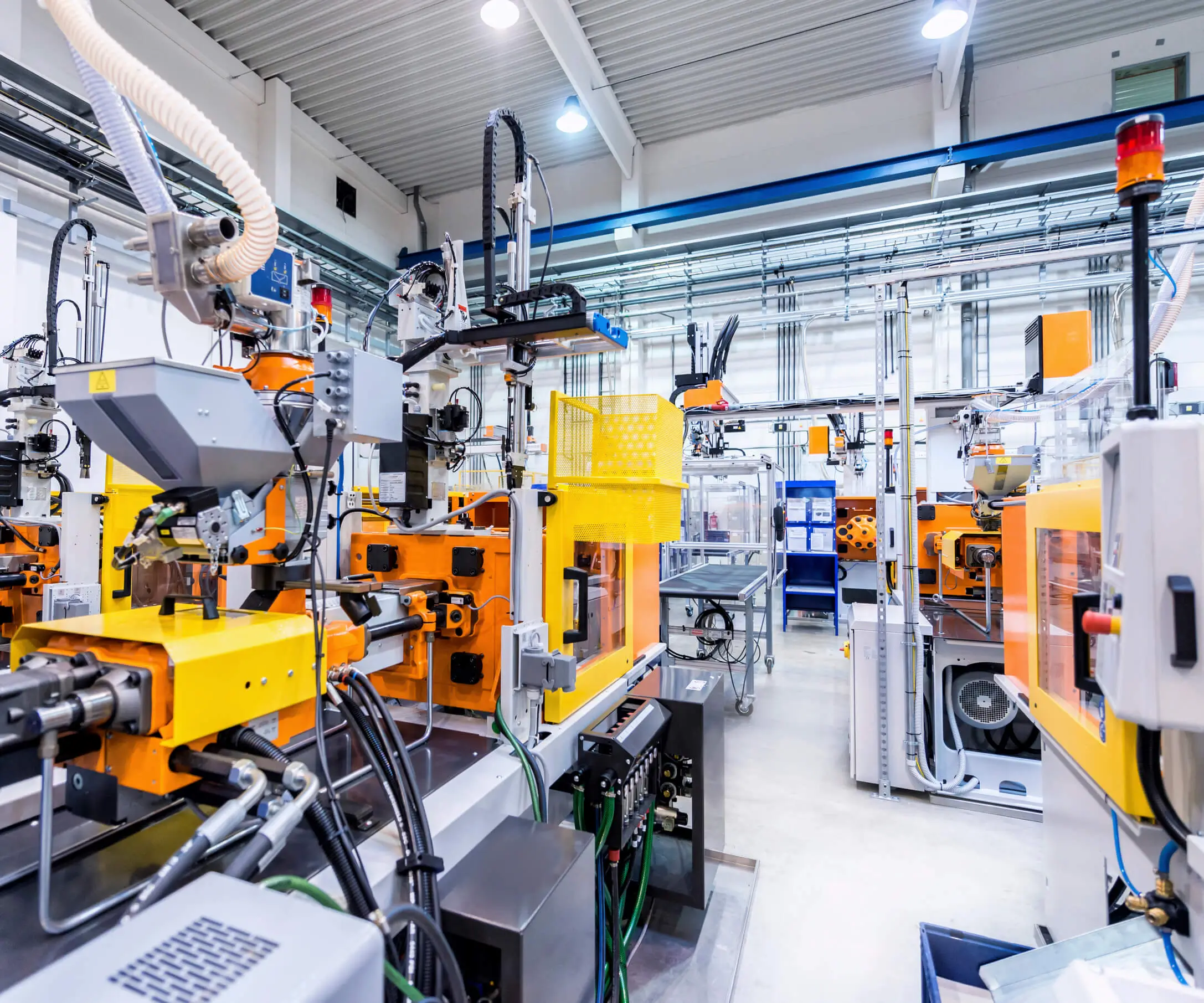Imagine this: you’re sitting at your workspace, eager to bring a robotic project to life. You’ve got the Arduino board, the breadboard, some sensors, and — of course — the servo motor, itching to move precisely where you want. But hold on—getting that servo motor connected correctly can sometimes feel like decoding a secret recipe, right? Let's break it down.

First off, why do people love using servo motors with Arduino? Simple. They are reliable, precise, and fit perfectly into DIY projects, robotics, or even complex automation systems. It’s like having a tiny, programmable muscle you can control with just a few wires and some code. But if you don’t connect them right, the whole project might stumble or, worse, get damaged.
The key is understanding the wiring first. Power lines are straightforward but often confused. A standard servo motor has three wires: power (usually red), ground (black or brown), and signal (white, yellow, or orange). That red wire needs to go into the 5V terminal on the Arduino. The ground wire connects to the GND pin. Then, the signal wire feeds into a PWM-capable digital pin — say, pin 9 or 10. Easy enough, right? But don’t just guess; verify the specs because some servo models might have slight color variations.
Now, what's interesting is that many DIYers forget that the servo motor can draw a lot of current, especially under load. It’s tempting to connect it directly to the Arduino’s 5V, but that can cause voltage drops or even reset the board. Better to power it separately but share the ground line with the Arduino. That way, the signals stay stable, and your servo moves smoothly instead of jittering.
What about programming? That’s where the fun begins. A quick example: you write a simple sketch to tell the servo to move between 0 and 180 degrees. Just load the servo library, declare the servo object, attach it to the digital pin, and set the angle. And boom — the servo whirs to life, following your command. But it’s not just about the code; you have to consider the power source’s stability. A weak power supply might make the servo stutter or, worse, burn out.
Some questions pop into mind: Can I connect multiple servos? Sure, but make sure your power supply has enough capacity. Also, think about using separate power sources for each servo if they’re high-torque or working simultaneously. Overloading a single power line leads to headaches.
And let's get real — the wiring setup might seem trivial at first, but tiny oversight can cause big frustration later. Double-check your connections, test the voltage, and keep your wires tidy. Because a messy setup can introduce noise, which messes with your servo's responsiveness.
Ever wonder how far you can push these setups? With some tinkering, you’ll realize servo motors paired with Arduino are fantastic for quick prototypes and real-world projects. Whether it’s opening a door, controlling a robotic arm, or creating some quirky interactive art, the possibilities are endless.
In essence, your success depends on understanding the sensor-to-controller connection. Clean wiring, stable power, and precise code—these are your best friends. So go ahead, connect those servo motors smartly, and give your project that extra spark of automation magic.
Established in 2005, Kpower has been dedicated to a professional compact motion unit manufacturer, headquartered in Dongguan, Guangdong Province, China. Leveraging innovations in modular drive technology, Kpower integrates high-performance motors, precision reducers, and multi-protocol control systems to provide efficient and customized smart drive system solutions. Kpower has delivered professional drive system solutions to over 500 enterprise clients globally with products covering various fields such as Smart Home Systems, Automatic Electronics, Robotics, Precision Agriculture, Drones, and Industrial Automation.




































